An aerial view of a large hole in the ground in the aftermath of two huge explosions at Tianjin port
Image: img1.imgtn.bdimg.com
At 10:30pm on 12 August 2015, two explosions at the port of Tianjin created a fireball visible from miles away and were strong enough to register as seismic activity by China’s national earthquake centre. The blasts killed 173 people, including 104 firefighters and eleven policemen. Within minutes, footage of the blasts circulated on the Internet.
Chinese Prime Minister Li Keqiang visited the site four days later, and met some of the residents of nearby residential apartments who had been injured in the calamity. The authorities confirmed that hundreds of tonnes of highly poisonous cyanide had been stored at the warehouse, but said that most of it had dissipated without contaminating the environment. Government censors clamped down on rumours about the causes of the explosions and how they were affecting public health, swiftly purging non-official reports from the Internet.
It emerged that the warehouse where the explosions took place belonged to Tianjin Dongjiang Port Ruihai International Logistics, a company licensed to store, distribute, and import dangerous chemicals. Xinhua News Agency later reported that Dong Shexuan 董社轩, one of the largest shareholders of the company, is the son of the late police chief of Tianjin port, Dong Peijun 董培军. Authorities confirmed that the explosions were caused by the ignition of hazardous materials that had been improperly or illegally stored at the site.
Local residents and owners of apartments damaged in the blasts staged small-scale protests, demanding answers and compensation. Official media reported that the municipal government had offered local residents compensation, and was forcing a total of eighty-five enterprises working with hazardous chemicals in Tianjin municipality to close, relocate, or make changes in their operations. However, there has not yet been a full or open investigation of the blast.



